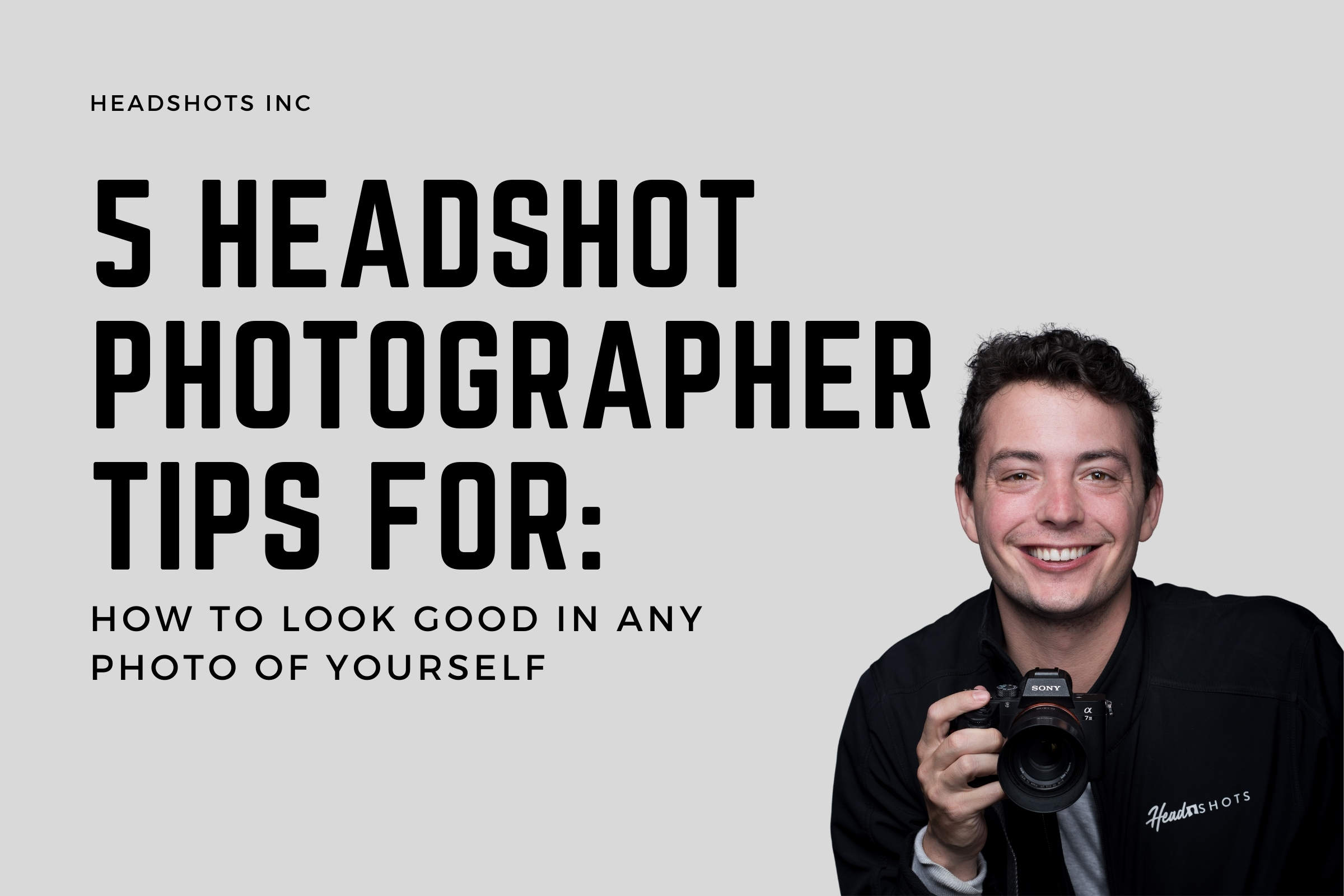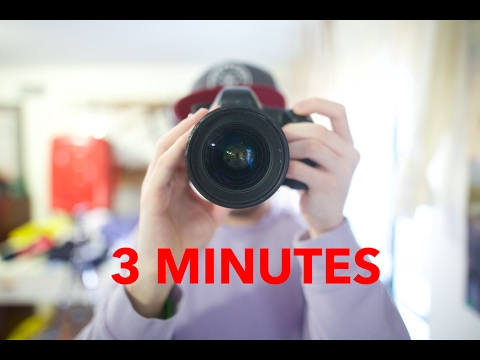
One of the best photography ideas for nature is to dress your subject in complementary colors. The color of your clothing can make the difference between a good and bad photo. A bright red shirt against blue skies will make your subject standout. Photographs of humans can also be taken in complementary colors. These are just some examples. Next time you're out for a shoot in the natural world, try one of these:
Rules of thirds
There are many methods to make your photos more interesting and appealing. Your photos will look better and more interesting if you know how to apply the rule. You can ruin your experimentation and composition if you break this rule. However, professional cameras are not necessarily the best. It's possible to correct mistakes made while taking the photo. These are some helpful tips for using the rules of Thirds in photography.
Rule of thirds for capturing a landscape
While taking photos of landscapes, remember the Rule of Thirds. Because landscapes are not clear subjects, it is difficult to put important information in the center. Instead, the horizon should be in the upper or lower third of the image and the point of focus in the middle. This technique also works well for group shots where you want the sky, ground, and people to have equal proportions. The Rule of Thirds will make your composition more appealing to the eye.

Using a wide-angle lens
Wide-angle lenses can be used to enhance the foreground of landscape photography. Landscape photographers often face challenges trying to capture a scene without using a longer lens. Wide-angle lenses are a great choice because it makes distant objects seem closer. It is an excellent choice for capturing sunrises and sunsets.
Flashes are useful for capturing images quickly.
When using flash, remember that the light it emits is artificial. The flash's fill lighting doesn't have the same impact on the subject's as its main light. The flash's intensity or duration can't be controlled by the photographer. If the ambient light is too bright the camera will adjust the flash compensation. You can however use the flash to highlight shadows or reveal more textures on your subject.
Use a tripod
When using a tripod, depth of field should be considered. A tripod can help you get sharp images from low vantage points. Using a tripod in this type of situation means that you can reduce the amount of light that enters the camera. You can also reduce the shutter speed to let in more sunlight. A tripod is a great tool to keep your camera still during windy days.
Macro lens
There are many advantages to using a macro lens for nature photography. This type of lens magnifies detail to a high resolution, making it ideal for portraits, landscapes, and other types of photography. A true macro lens offers a wide variety of aperture and focus settings. Here are some tips to help you use this type lenses to capture your subject at its most realistic size. By following these tips, you will be able to capture the best shots of your subject.

Using your iPhone camera
It is as easy as taking photos of your surroundings with your iPhone camera. You can make full use of the camera's large depth of field. This feature allows subjects to be captured with blurred backgrounds easily without the need for a separate lens. The Portrait Lighting feature can be used on iPhones to achieve the same effects as professional photographers. You can also use Stage Light or Contour Light modes for dramatic and moody photos.
FAQ
How can I look good on pictures?
The best way to ensure you look good in photos is to take them yourself. You will learn how to pose, which angles are flattering and which are not. Learn how to use lighting, props and other tools to enhance your natural beauty.
You'll discover how to choose clothes that fit well, make-up that looks great on you, and hairstyles that suit your face shape and style.
If you're unhappy with the result, we'll show how to retouch your images in Photoshop and other editing programs.
Do yourself a favor and take some self portraits!
What makes a camera bag good?
Camera bags are essential for protecting your gear during travel. Here are some factors to keep in mind when choosing a bag.
-
Sizing: A large bag will hold your camera and other accessories. You shouldn't buy more than what you actually need.
-
Durability: Bags made of durable materials such leather, canvas and nylon are best. Avoid fabric and plastic bags.
-
Protection: Make sure your bag provides protection against dust, dirt, moisture, and scratches.
-
Organization: You can organize your gear by category to make it easier for you to find the right thing. For example, put your lenses in one compartment, your memory cards in another, and your battery charger in yet another.
-
Comfort: A shoulder strap is a better choice than a handbag for shooting. Look for comfortable designs with padded straps.
-
Price: Shop around to find the best price. Discounts are sometimes offered by some brands, which can be a bonus.
-
Warranty: Check to see if the company offers a limited warranty. This will ensure that you are able to contact the right person if something happens to your bag.
What camera is best for beginners and what are the pros and cons?
The best camera to use for beginners is dependent on your needs, budget, and skill level.
For instance, you could choose a point & shoot digital camera if your goal is to save some money. These cameras can be very versatile, but they offer excellent quality.
Digital Single Lens Reflex cameras come with interchangeable lenses which allow you to capture different types of images. These cameras are generally more expensive that point-and clicks, but provide greater flexibility.
A beginner's package is a great way to get started in photography. All you need is included in this package: a camera body and lens, flash, memory card, tripod and flash.
Do not forget to get extra batteries!
Statistics
- By March 2014, about 3 million were purchased monthly, about 30 percent of the peak sales total. (en.wikipedia.org)
- The second easiest way to get blurry photos 100% of the time is to use a cheap filter on the front of your lens. (photographylife.com)
- In this case, 100% of readers who voted found the article helpful, earning it our reader-approved status. (wikihow.com)
- This article received 13 testimonials, and 100% of readers who voted found it helpful, earning it our reader-approved status. (wikihow.com)
External Links
How To
What are the essential skills required to be a professional photographer?
Technical knowledge, artistic ability and business acumen are the essential skills needed for any job in photography.
Technical knowledge includes understanding exposure, camera functions, lens type, film speeds, and developing techniques.
An artist's ability is to understand composition, lighting, and pose.
Business acumen is about managing time, budgeting, time management, and dealing effectively with clients.
Photography is something you must be passionate about if your goal is to become professional photographer.
Learn about photography online, at school or in college.
You can also find many books that will teach you everything about photography.
It is important to learn about photography and to create your own style.
This will enable you to be different from other people in the field.
Over the years, photography has evolved. In the past, people used cameras like the Kodak Instamatic and Polaroid instant cameras.
Today digital cameras are more popular than ever before. Most photographers now use their smartphones for taking photos.
You can get a smartphone that captures high-quality pictures, but if photography is your passion, you must invest in a DSLR camera (Digital Single Lens Reflex).
A DSLR allows you to control every aspect of your photo, including shutter speed, aperture, ISO sensitivity, white balance, and focus.
These features enable you to create stunning photos and different effects.
These controls can be used to change the mood of your photo.
By using a fast shutter speed, for example you can blur the subject.
You could also make them appear to be moving by increasing the light entering the camera.
Adjusting the scene's hue can change the mood.
You might increase the red value of the picture if there's a lot blue light.
It can be confusing to know where to point your camera.
However, once you understand the basics, you will soon realize that it is not so hard after all.
It's actually much easier than it seems!
The first time you start out, you'll probably only be able to shoot landscapes and close-up images of objects.
You can capture any type of image, from portraits to abstracts, with experience.
After mastering the basics of the subject, you can move onto more advanced topics.
These tips will help you get started.
-
Pick a great location. Find somewhere that you can enjoy your time and relax.
-
Find something to photograph. Photograph unusual or rare objects.
-
Make sure to take lots of practice photos. Practice makes perfect!
-
Experiment with different angles. Hold your camera differently depending on what you are trying to achieve.
-
Use different lenses. Different lenses offer different perspectives.
-
Shoot in low-light conditions. Shooting under bright sunlight can be very challenging.
-
Practice framing your shot. It is important to practice framing your shot when taking a photograph.
-
Learn how to use your camera settings. Spend time playing with your camera settings. This is the best way to improve your photos.
-
Keep learning new techniques. Photography can be learned in many different ways. You can visit local museums, galleries and libraries.
-
Read magazines and books. The best way to learn about photography is to read books.
-
Join a club. Photo clubs often organize events to encourage members and their work.